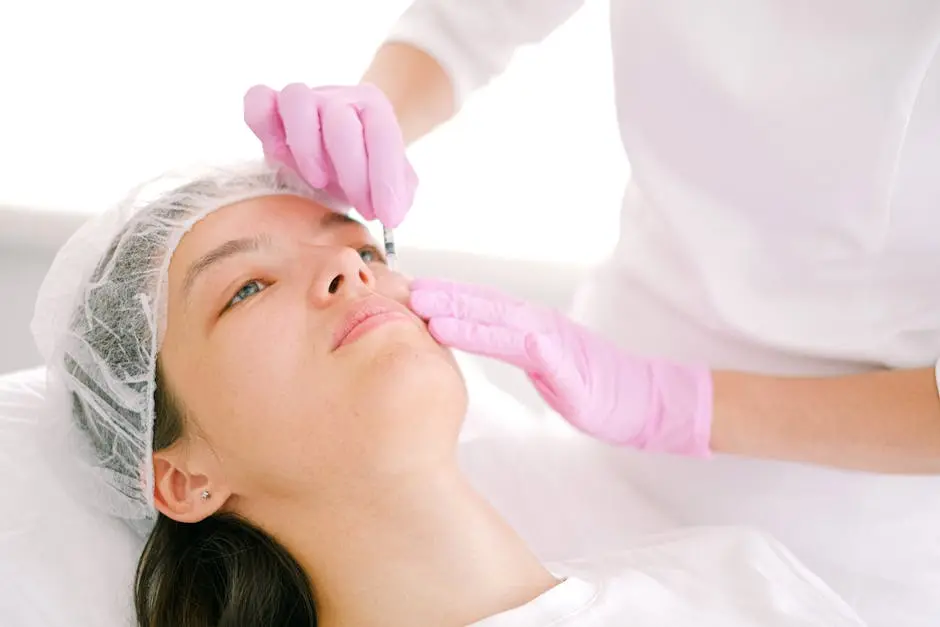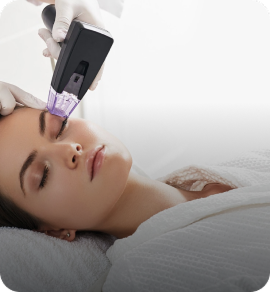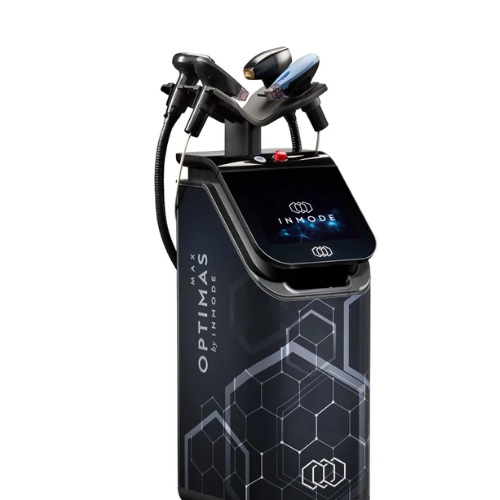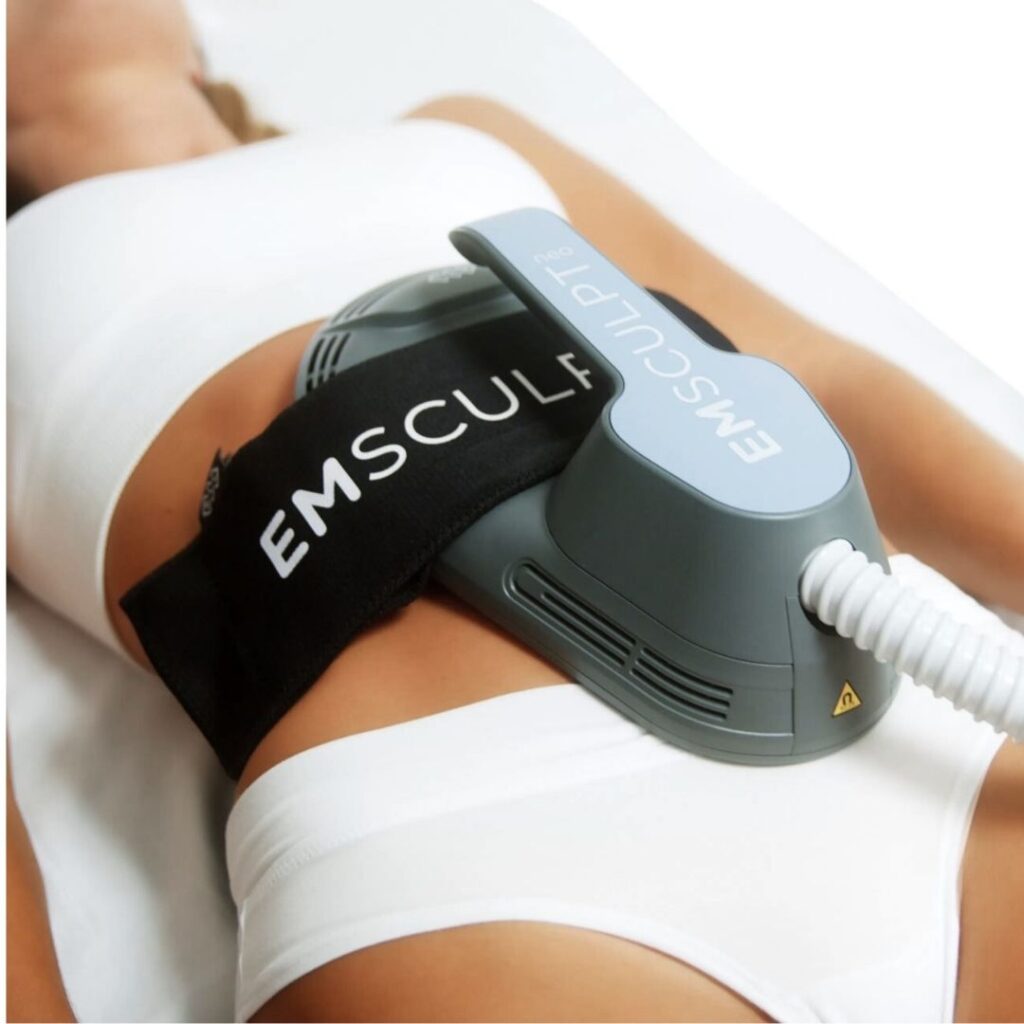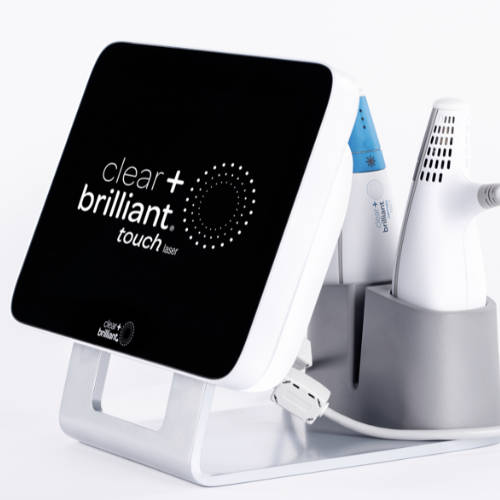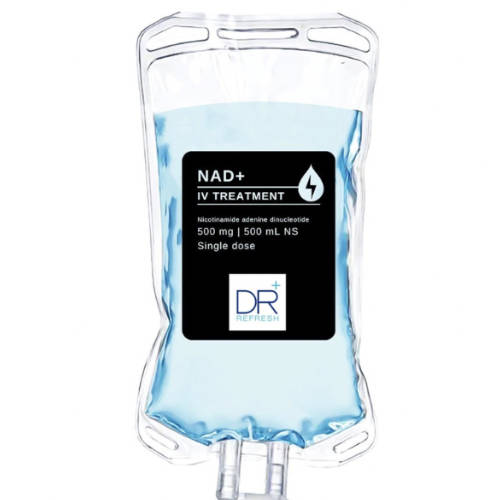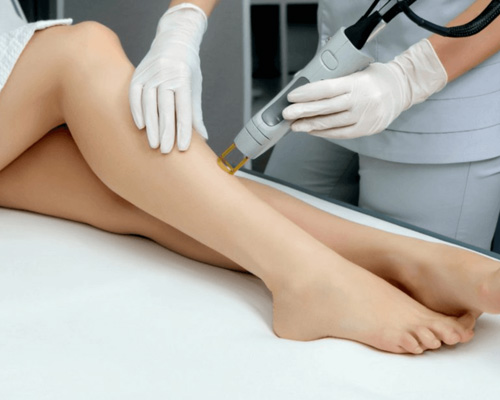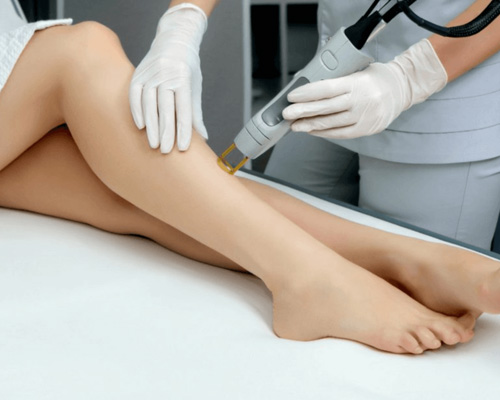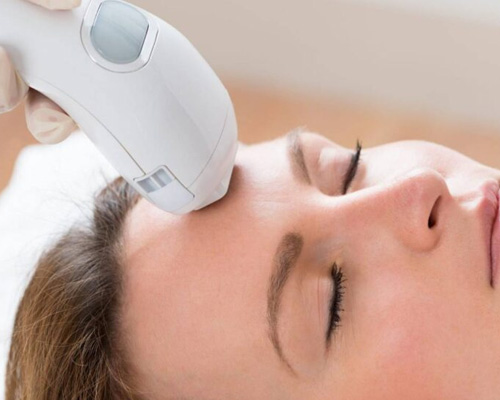RF microneedling is a popular cosmetic treatment that combines the benefits of traditional microneedling with radiofrequency energy. It’s known for its ability to promote skin rejuvenation, but is it safe for everyone? In this guide, we’ll explore the safety of RF microneedling across different skin types and provide answers to your burning questions.
Understanding RF Microneedling
RF microneedling combines microneedling with radiofrequency energy to stimulate collagen production and improve skin texture.
This innovative procedure not only helps with fine lines and scars but also enhances overall skin elasticity. It provides a dual action that many other treatments can’t offer.
During the treatment, tiny needles create micro-wounds while the radiofrequency energy heats the deeper layers of skin. This stimulates a natural healing response, promoting new collagen and elastin production.
The unique combination makes RF microneedling a sought-after choice for those looking to rejuvenate their skin without extensive downtime, making it a perfect fit for busy lifestyles.
The Basics of Skin Types
Skin types vary from dry to oily, sensitive to normal, and understanding these differences is crucial for choosing appropriate treatments.
For instance, those with sensitive skin may need extra care during and after RF microneedling to avoid irritation. Knowing your skin type enables you to work closely with your esthetician to tailor the treatment.
Another important aspect is how skin types react to procedures. Oily skin might see quicker healing times compared to dry skin, which may take longer to recover but could benefit greatly from the hydration RF microneedling promotes.
Understanding these nuances helps ensure the treatment aligns with your specific skin needs, paving the way for optimal results and satisfaction.
Is RF Microneedling Safe for All Skin Types?
RF microneedling is generally considered safe for various skin types, but individual results may vary based on skin sensitivity and conditions.
Patients with darker skin may have concerns about pigmentation changes, but when performed by a skilled professional, RF microneedling minimizes such risks. The key is to customize the treatment settings.
Many dermatologists affirm that RF microneedling can be an excellent option for all skin types, especially because it promotes regeneration without the extensive trauma associated with traditional microneedling.
However, it’s essential to approach each case individually. Skin conditions like rosacea or active acne should be assessed before scheduling a procedure to ensure safety.
Potential Risks and Side Effects
Discussing potential side effects is vital. Common risks include redness, swelling, and, in rare cases, scarring.
Most side effects are temporary and subside within a few days. However, it’s essential to monitor how your skin responds post-treatment.
Allergic reactions are possible, so always inform your provider about your skincare history. This can help prevent any unexpected reactions.
Understanding these risks equips you to make informed decisions and prepares you for your treatment journey. Open communication with your professional will also alleviate concerns.
Consultation with a Professional
Before undergoing treatment, a consultation with a certified professional will help determine if RF microneedling is suitable for your skin type.
During this meeting, you’ll discuss your skin goals, medical history, and any concerns you might have. A thorough analysis will often lead to a personalized treatment plan.
It’s during this consultation that you can address any specific skin issues and ensure that you’re a good candidate for RF microneedling, maximizing your chances for effective results.
Remember, the expertise of the professional can make all the difference in the treatment process. Trusting your provider is key to a successful outcome.
Post-Treatment Care
Aftercare is crucial to minimize any adverse effects. Proper skincare routines can enhance results and ensure safety.
Immediately following the treatment, your skin may feel sensitive. It’s usually recommended to avoid direct sun exposure and harsh products for a few days.
Hydration is vital. Use gentle moisturizers to keep your skin supple and promote healing. If you experience swelling, ice packs can provide relief.
Following the aftercare advice diligently not only aids in recovery but also optimizes the benefits of the RF microneedling process, letting your newfound glow shine through.
Final Thoughts on RF Microneedling Safety
Ultimately, RF microneedling can be a safe and effective option for many skin types. However, it’s essential to consult with a professional to determine if it’s the right treatment for you based on your unique skin concerns and type.

